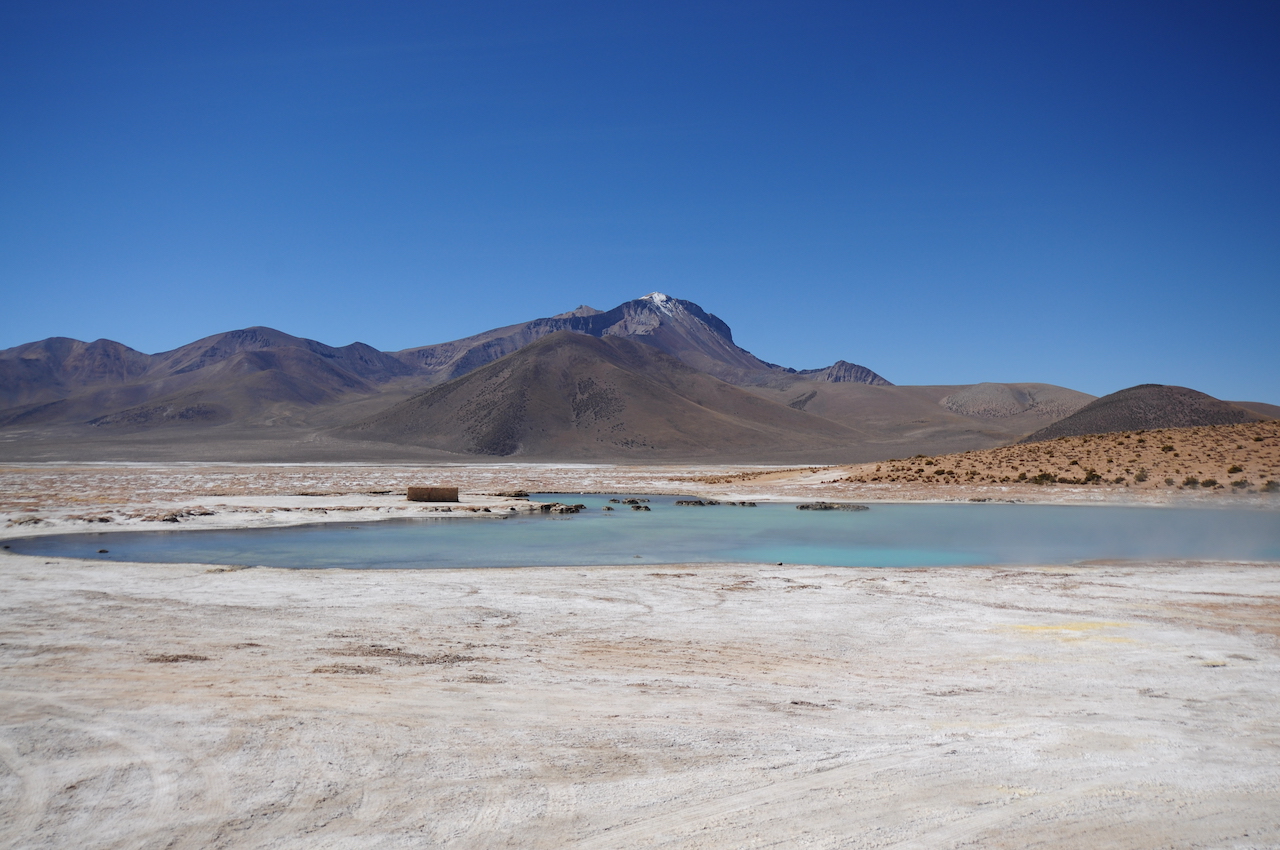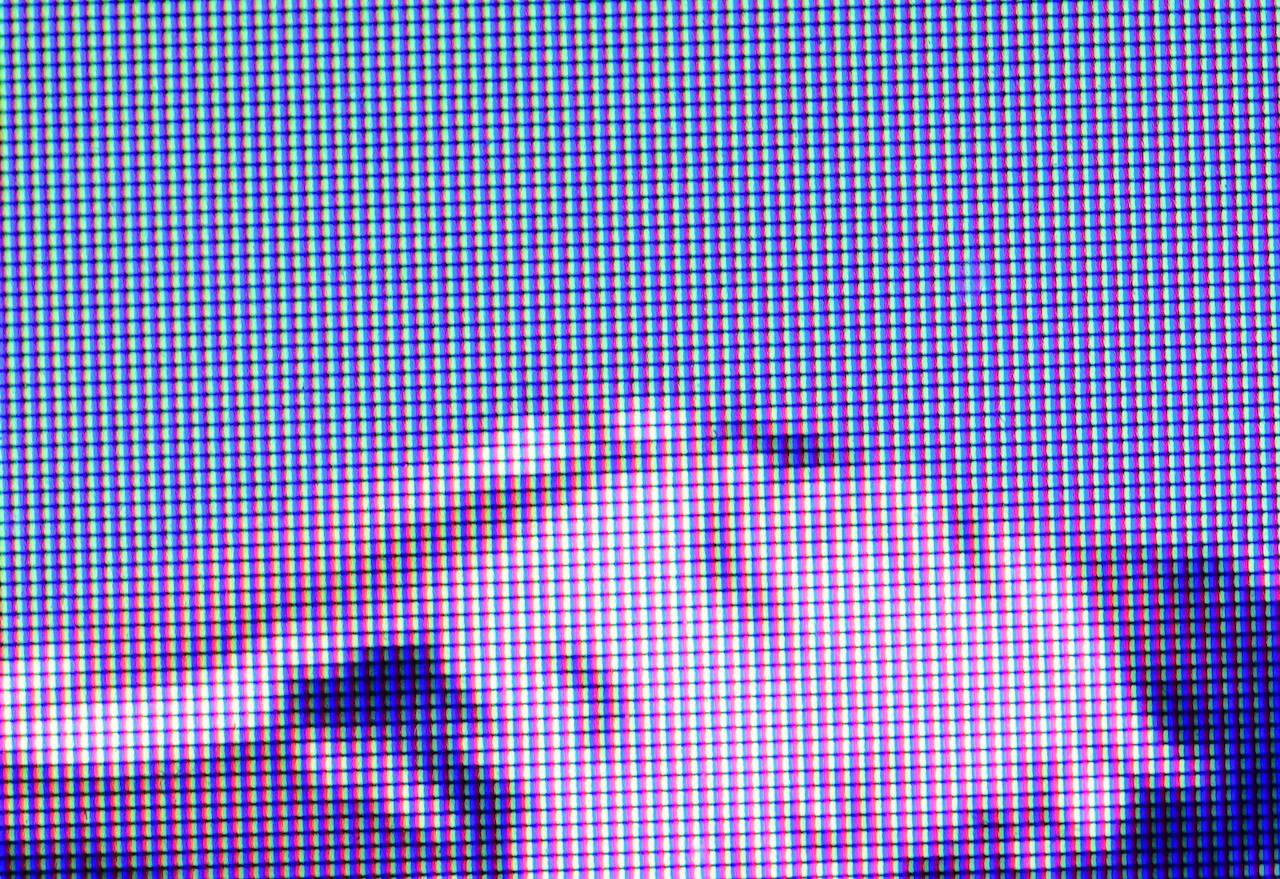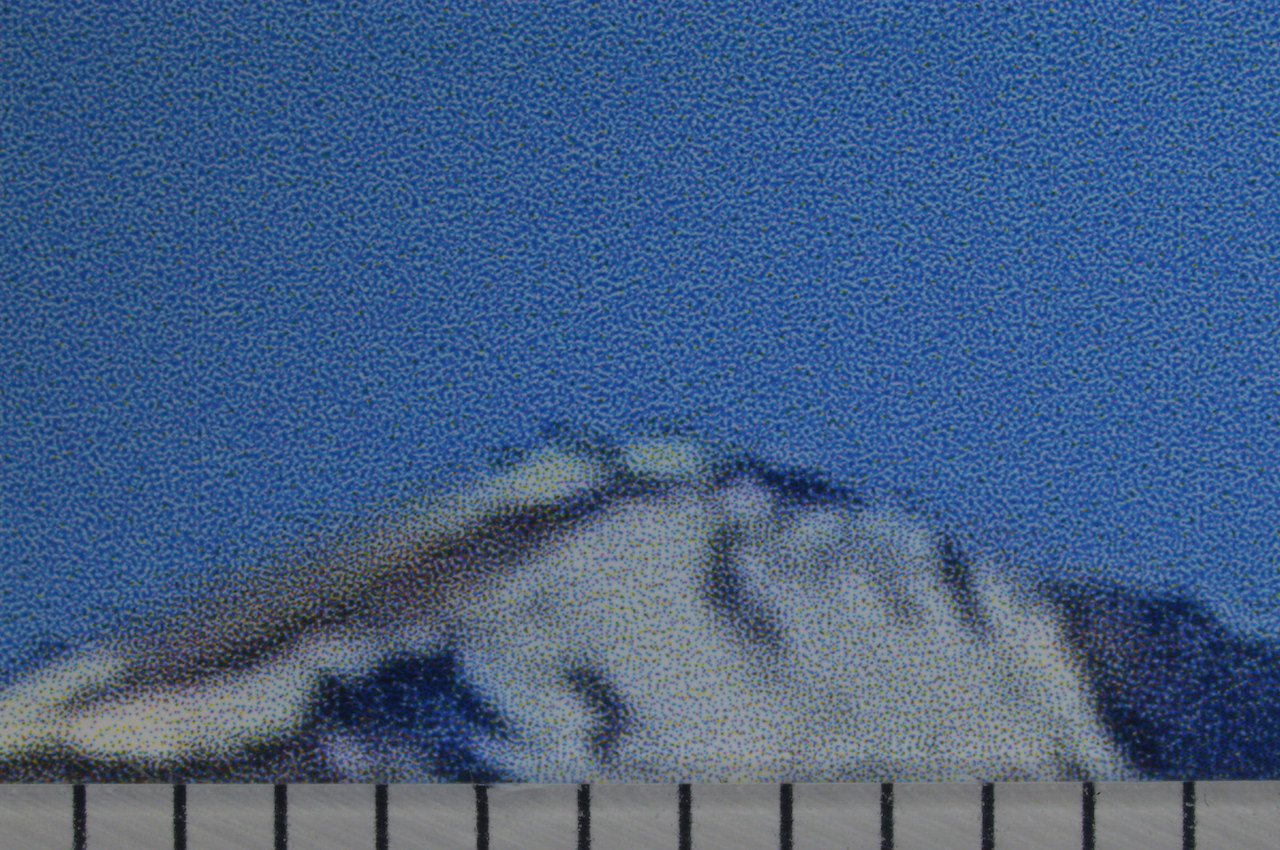Resolution
The confusing term about image quality
Basically, the same term resolution is used in two completely different manners for printing (where it is a measure of density (DPI) and for the size of a screen and picture (Megapixel). This creates a lot of confusion.
The term resolution basically wants to tell us how well we can differentiate two features (like two lines running parallel) from each other. The higher the quality of the picture the more details we can resolve, the more information we can get.
While the basic remains the same, in different fields, the term is used slightly differently causing all sorts of confusion. In principle the resolution can be used to express the density per unit area (DPI) or the absolute size of the image (Megapixels). They both are related, but not really the same.
- Camera resolution, your image sensor is able to record a set number of pixels. We usually call this the resolution. This is a fixed physical property of the camera sensor. Every time you take a picture it is broken down into individual picture elements (pixels) in both X and Y. This gives use the Megapixels of the sensors we speak about. However your lenses will be the one that actually projects a scene on to the pixel, so the quality of the lens (like sharpness) the environmental effects (like light, haze) as well as how much of the subject you manage to capture through your field of view will ultimately determine how well you can distinguish two features captured by your picture.
- Screen resolution, just like your sensor, your screen (TV, computer monitor, projector, cell phone display) also consists of a fixed number of elements that can display colors. A typical resolution like FullHD has 1920 pixels by 1080 pixels that can be displayed. This does not really tell you how large the screen is. A modern cell phone will have FullHD resolution in a display that is about 15cm in diagonal, or it can be a TV set with 70inch diagonal (about 1.80 meters). Here the resolution refers to the physical capability of the device to display pixels, not the size.
- Printer resolution, When you are printing, what is important is suddenly the real world size of things. Here rather than talking about pixels, the important thing is how close you can draw two points and still tell them apart. Or how many parallel lines you can draw (in say) 1 cm that do not merge into one blob. This is why a denity measure suddenly becomes important. This is why the Dots Per Inch (DPI) is the more important value here.
The two values (DPI, Megapixels) relate to each other. If you have a 6 Megapixel picture with 3000x2000 pixels resolution and you want to print it so that it appears 10 inches by 6.5 inches on paper (a bit smaller than A4), you will be printing with a resolution of 300 DPI. The same way, any screen will also have a DPI value. Larger screens (which you view from further away) actually have quite low DPI values (<100), whereas newer cellphone screens have very high values (>300).
Let us start with a picture of a truly great location, the Polloquere thermal baths, in Salare Surire, Northern Chile.
 Like all pictures on this website, this was scaled down to 1280x850 pixels. Below I have actually a crop of 1280x850 pixels. When viewed in full, these are the individual pixels in this picture
Like all pictures on this website, this was scaled down to 1280x850 pixels. Below I have actually a crop of 1280x850 pixels. When viewed in full, these are the individual pixels in this picture
 I will zoom a bit further in, the following is a 320x211 crop (roughly 1/16th of the previous one). The picture has been blown up to 1280x844 by replicating each pixel 16 times (4x4) so that you can see how in a digital image the picture is composed.
I will zoom a bit further in, the following is a 320x211 crop (roughly 1/16th of the previous one). The picture has been blown up to 1280x844 by replicating each pixel 16 times (4x4) so that you can see how in a digital image the picture is composed.
![]() Now we take a look at it, as how it is seen on a modern LED computer screen. This was photographed off the screen roughly the same area as above. You can clearly see the LEDs in the background each with a different color.
Now we take a look at it, as how it is seen on a modern LED computer screen. This was photographed off the screen roughly the same area as above. You can clearly see the LEDs in the background each with a different color.
 Finally a high-quality print of the same area.
Finally a high-quality print of the same area.

At least from an amateur point of view, I can say that the picture looks great on both print and screen, even when viewed up close. These details here are only visible with higher magnifications.
These pages are for Amateur Photographers and not really for seasoned photographers and professionals. I have no affiliation or commercial interest with any brand/make. I write from my own experience. I ended up using mainly Nikon, so I am more familiar with this brand than others. See price for notes on pricing as well as photography related links.